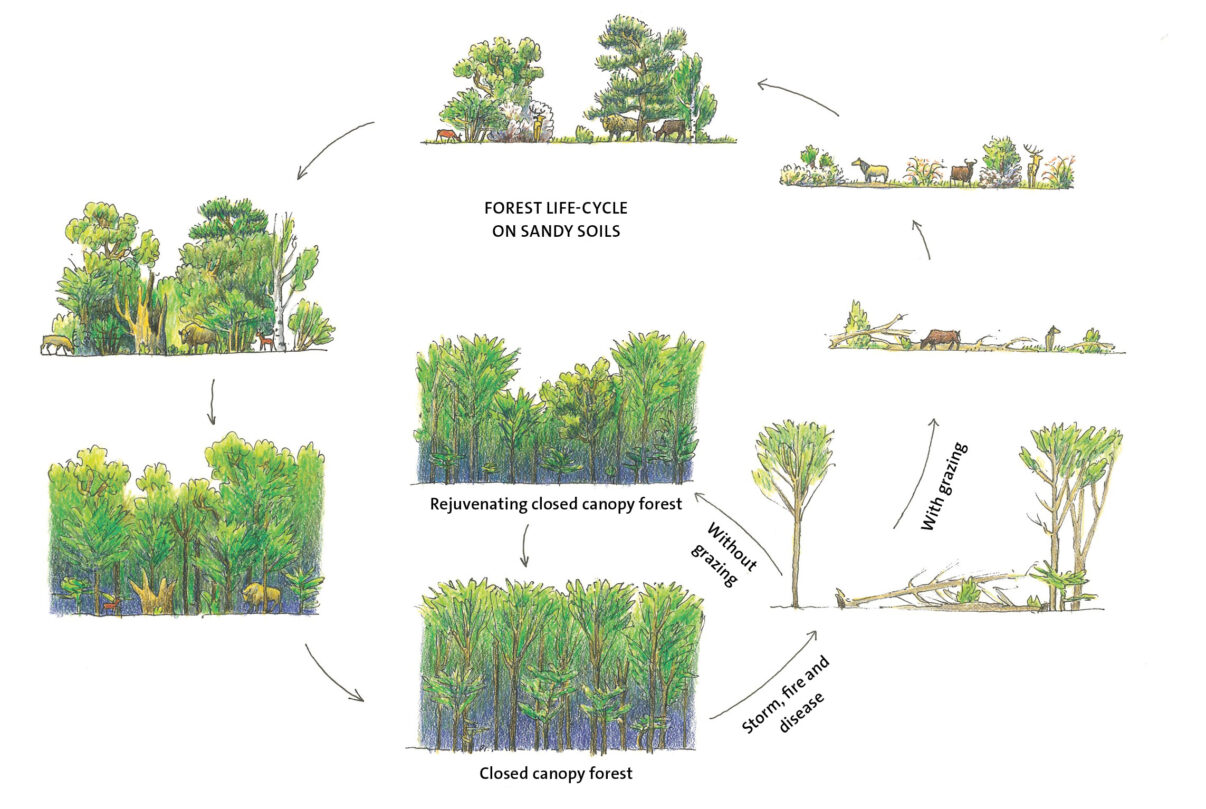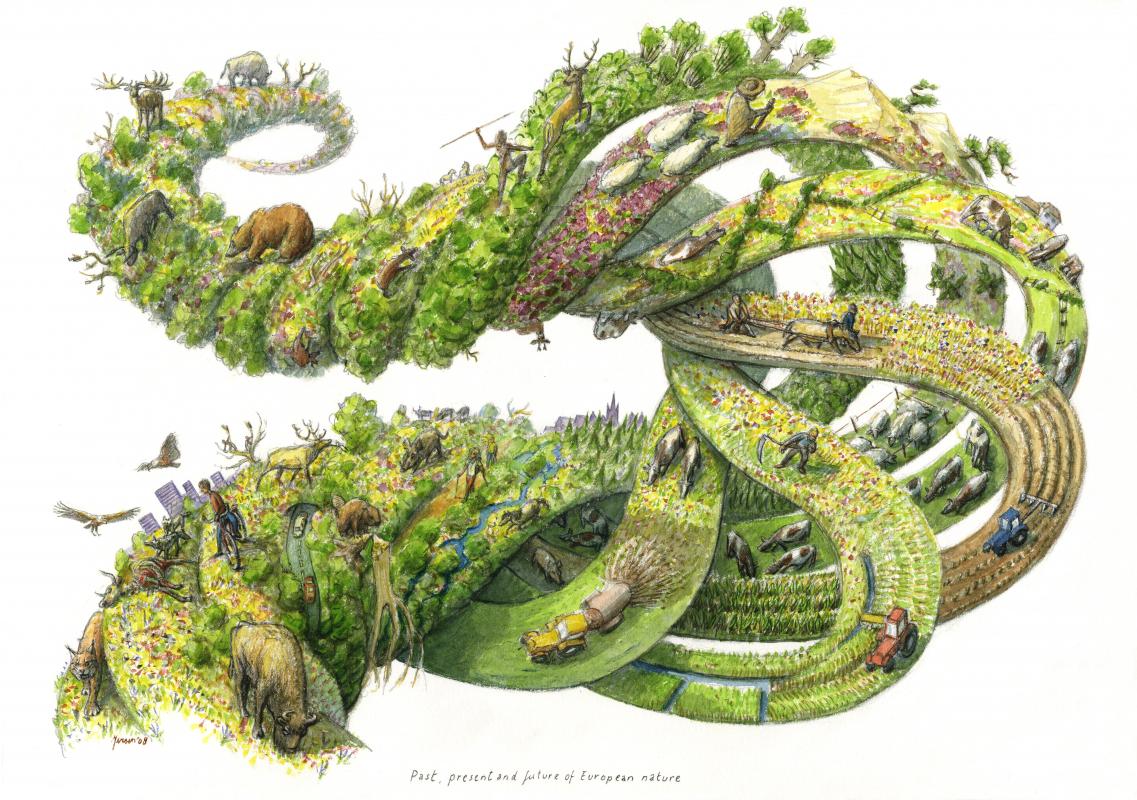An essential natural process
Natural grazing by herbivorous animals is critical to the functionality and resilience of many European ecosystems. It can enhance biodiversity by opening up landscapes and preventing encroachment by shrubs, reduce the risk of catastrophic fire, and increase carbon storage and climate change resilience.
Returning iconic grazers such as European bison and kulan (Asiatic ass) to the landscape can also support the growth of nature-based economies, generating jobs and a new pride in local nature.
Providing support
This wide range of positive impacts is the reason why Rewilding Europe is working hard to boost natural grazing in Europe by providing funding and support to initiates that work on natural grazing.
The European Wildlife Comeback Fund enables reintroductions through financial support, while the Natural Grazing Facility is connecting demand and supply of large grazers across Europe.
≈1500
grazing animals reintroduced to European landscapes by Rewilding Europe since 2011.
23
areas benefitting from natural grazing as of 2021.
≈13,000
hectares under grazing by wild/semi-wild herbivores (Rewilding Europe landscapes and European Rewilding Network areas).
Boosting biodiversity
Before humans began to reshape Europe’s natural landscape, wild herbivores such as the European bison, elk, wild horse, auroch, beaver and various deer species were present in Europe in huge numbers. Their different grazing techniques and methods of physical disturbance – from trampling and wallowing to snapping branches and de-barking trees – together with their ability to transfer nutrients and disperse seeds over wide areas, created a dynamic, shifting landscape of woodland, open grown trees, scrubland, grassland, groves and thorny thickets. This mosaic habitat supported a hugely diverse range of wildlife species.
Factors such as domestication and changes in land use eventually saw most of Europe’s wild herbivores replaced by livestock. Today, with the ongoing trend of land abandonment and rural depopulation resulting in declining livestock numbers in many parts of Europe, there is a growing need and opportunity to return free-roaming wild herbivores (or their close equivalent) to European landscapes.
Since 2011, Rewilding Europe has been working to increase populations of wild and semi-wild herbivores in many of its rewilding landscapes. Such efforts have involved creating the conditions for such species to come back of their own accord, as well as direct reintroductions and restockings. As the populations of such herbivores increase, so their growing impact on the landscape is leading to the recreation of biodiversity-rich mosaic habitats.
Water buffalo, Konik horse and fallow deer grazing in the Danube Delta
Reducing catastrophic fire risk
In many parts of the world, including Europe, socio-economic factors are leading to rural depopulation, large-scale land abandonment, and the diminishing influence of livestock on the landscape. With nomadic practice and pastoralism also on the decline, extensive swathes of land are gradually being encroached on by shrubs and bushes, while trees are also accumulating combustible vegetation. The disappearance of natural firebreaks, combined with the effect of climate change, means the risk and severity of catastrophic fires is increasing.
Growing sums of money are now being invested in firefighting capacity to counter this increasing threat. But experience from the Greater Côa Valley rewilding landscape in Portugal has shown that grazing by large, free-roaming herds of herbivores can be a cheaper and lower impact way of controlling catastrophic fires, while boosting local biodiversity at the same time. Such herds are rapidly gaining a reputation as highly effective “grazing fire brigades”.
A study, carried out as part of the Rewilding Europe-coordinated GrazeLIFE initiative (2019–2021), confirmed the beneficial impact of natural grazing in terms of catastrophic fire risk mitigation. The findings of the study were published in a paper in the Journal of Applied Ecology, with the research team also providing recommendations as to how European and global fire and agricultural policies could be revised to better support this approach.

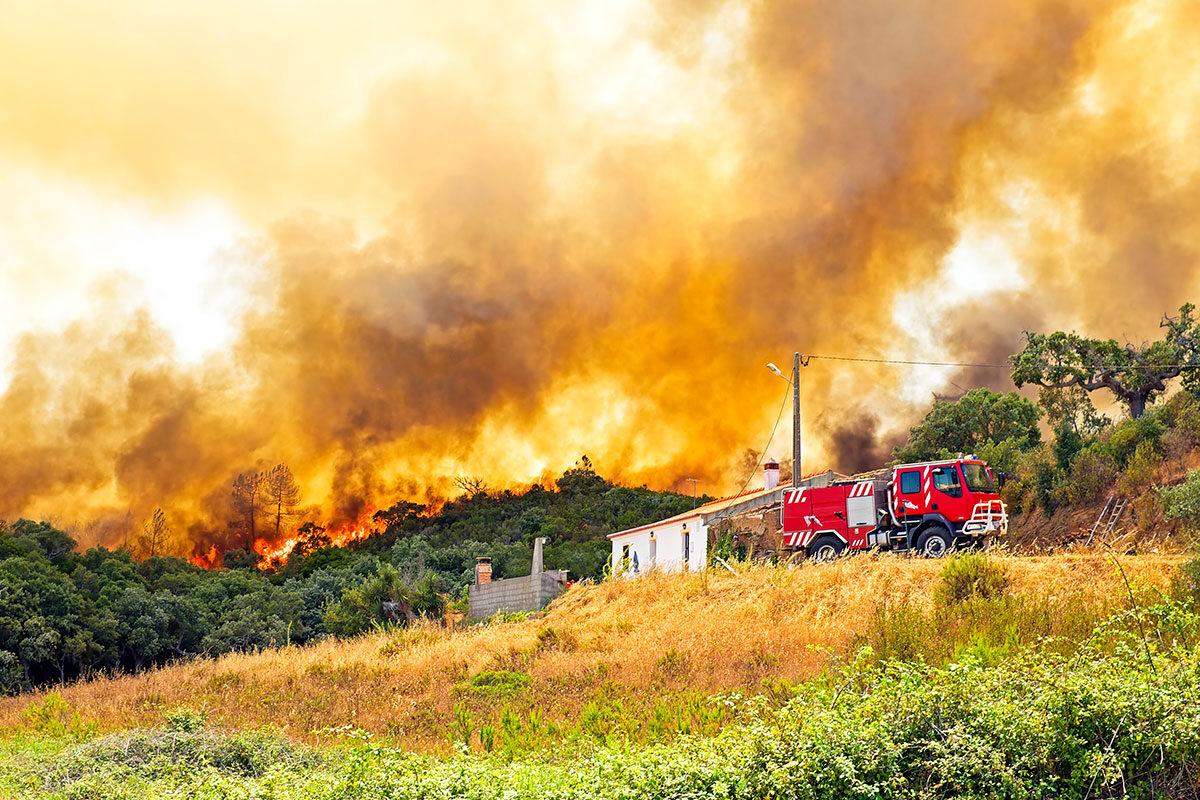
The people perspective
In many of Rewilding Europe’s rewilding landscapes, efforts to support the comeback of iconic wild and semi-wild herbivores is also having a positive effect on local communities.
In the Southern Carpathians rewilding landscape in Romania, for example, Rewilding Europe and WWF Romania have been reintroducing European bison since 2014. Herds of this iconic animal, which are now growing naturally, are attracting growing numbers of tourists and wildlife enthusiasts, supporting the development of a thriving nature-based economy and a growing number of jobs and livelihoods.
The reintroduced bison are also strengthening the connection between local communities and wild nature, with the animals quickly becoming an important part of local culture and a growing source of pride.
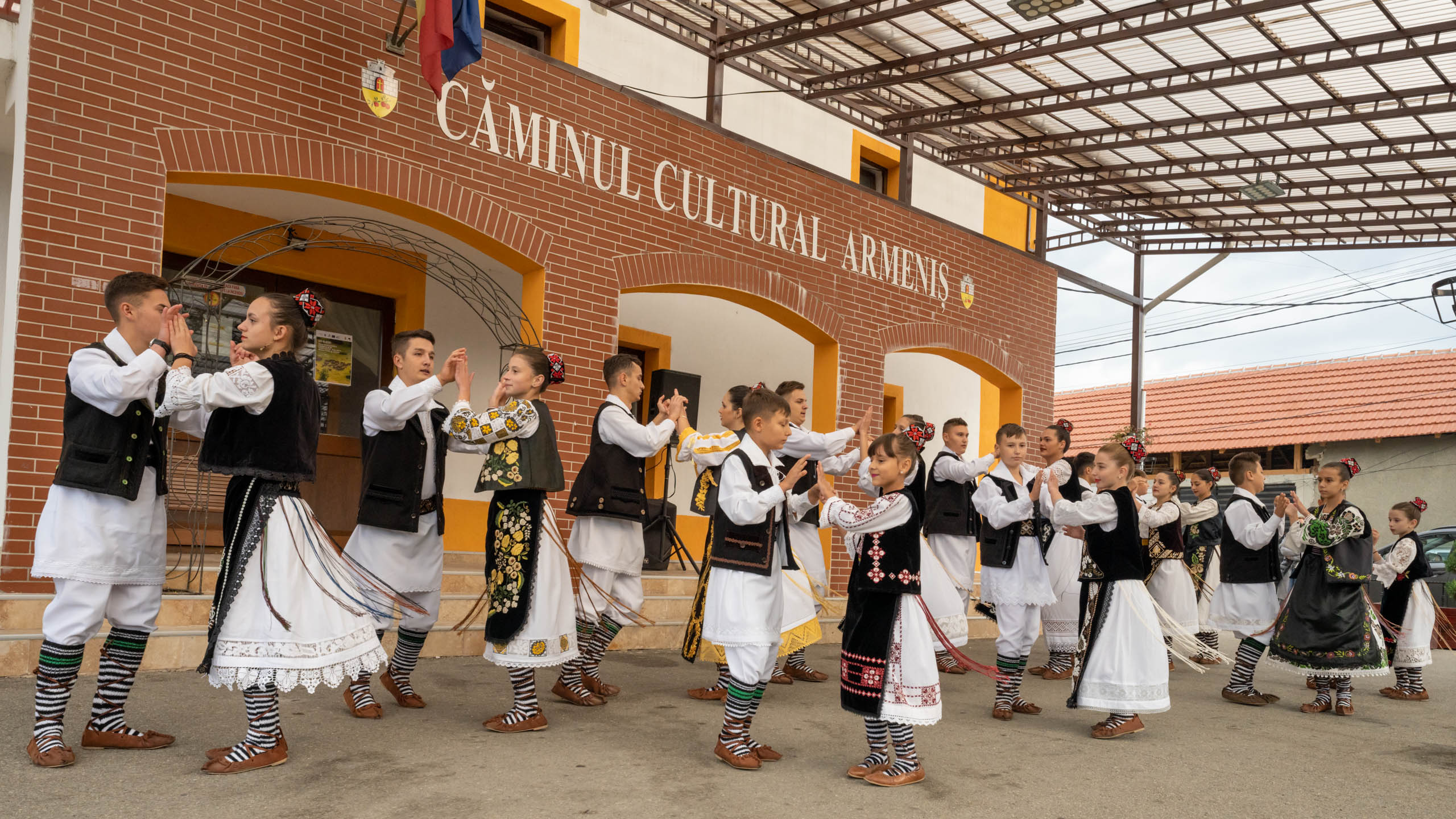
Bending the climate change curve
The impact of terrestrial and marine wildlife populations (both herbivores and carnivores) on the carbon cycle is complex. Nevertheless, scientific research has already proven that there is huge potential to scale up climate change mitigation by restoring such populations to significant, near historic levels. This science is called “animating the carbon cycle”.
Studies have confirmed that mosaic landscapes, complete with naturally occurring populations of free-roaming herbivores, can help to significantly reduce the scale and impact of climate change. Whereas grasslands are sometimes more effective at long-term carbon sequestration than forests, natural forest mosaics (particularly old-growth forests) have large carbon storage capacities. An added benefit of mosaic landscapes is that they help species of both closed and open vegetation types adapt to climate change. Because they are far more “permeable” than landscapes with hard boundaries, they allow such species to move northward as climate zones shift.
Increasing numbers of large grazers
Natural grazing is a cornerstone ecological process, delivering a wide range of benefits for European nature and people. As such, Rewilding Europe is committed to scaling up natural grazing across Europe over the next decade. This is part of our renewed commitment to creating wilder nature, which is outlined in our new Strategic Plan 2021–2030.
Over the next 10 years, Rewilding Europe will expand the number of rewilding landscapes in which it showcases practical rewilding from 10 to 15. In the majority of these landscapes rewilding efforts will focus on enhancing natural grazing – through further releases of wild and semi-wild herbivores, and by supporting existing herbivore populations and wildlife comeback.
Rewilding Europe is playing a very active role in the reintroduction and restocking of large herbivores across Europe. Through the Natural Grazing Facility we aim to champion the widespread adoption of natural grazing practices throughout Europe by connecting demand and supply of herbivores among organisations dedicated to rewilding principles.
Reintroductions can be complicated processes that typically face many challenges and need a long preparation time. This often makes it difficult to match the timing of when funding is available with the timing of animals release into the wild. To overcome this challenge, Rewilding Europe aims to provide immediate funding for reintroductions and population reinforcements that are ready to be executed through the European Wildlife Comeback Fund.
Guidelines
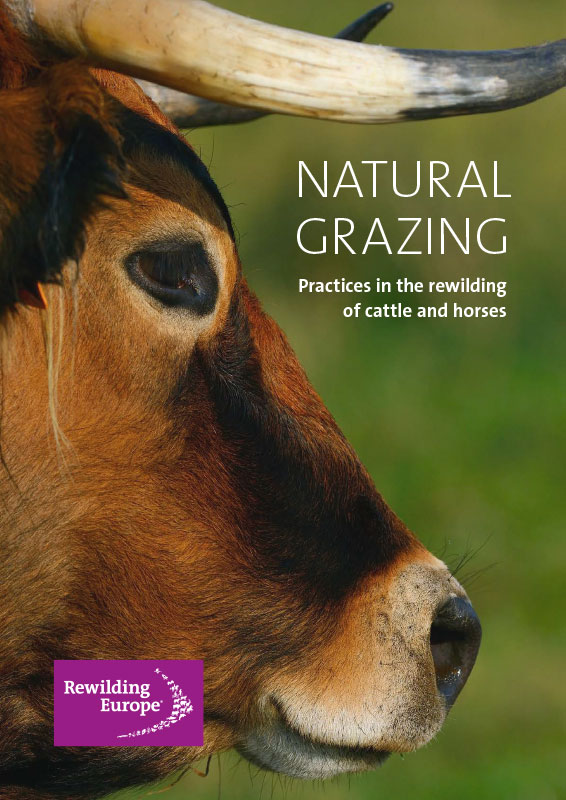 Those looking to reintroduce natural grazers into landscapes as part of rewilding initiatives invariably have many questions about the practicalities of the reintroduction, and its potential impact on the landscape. Many of these questions, including which herbivore species to use, which breeds, and in what numbers, are addressed in Rewilding Europe’s dedicated natural grazing booklet.
Those looking to reintroduce natural grazers into landscapes as part of rewilding initiatives invariably have many questions about the practicalities of the reintroduction, and its potential impact on the landscape. Many of these questions, including which herbivore species to use, which breeds, and in what numbers, are addressed in Rewilding Europe’s dedicated natural grazing booklet.


